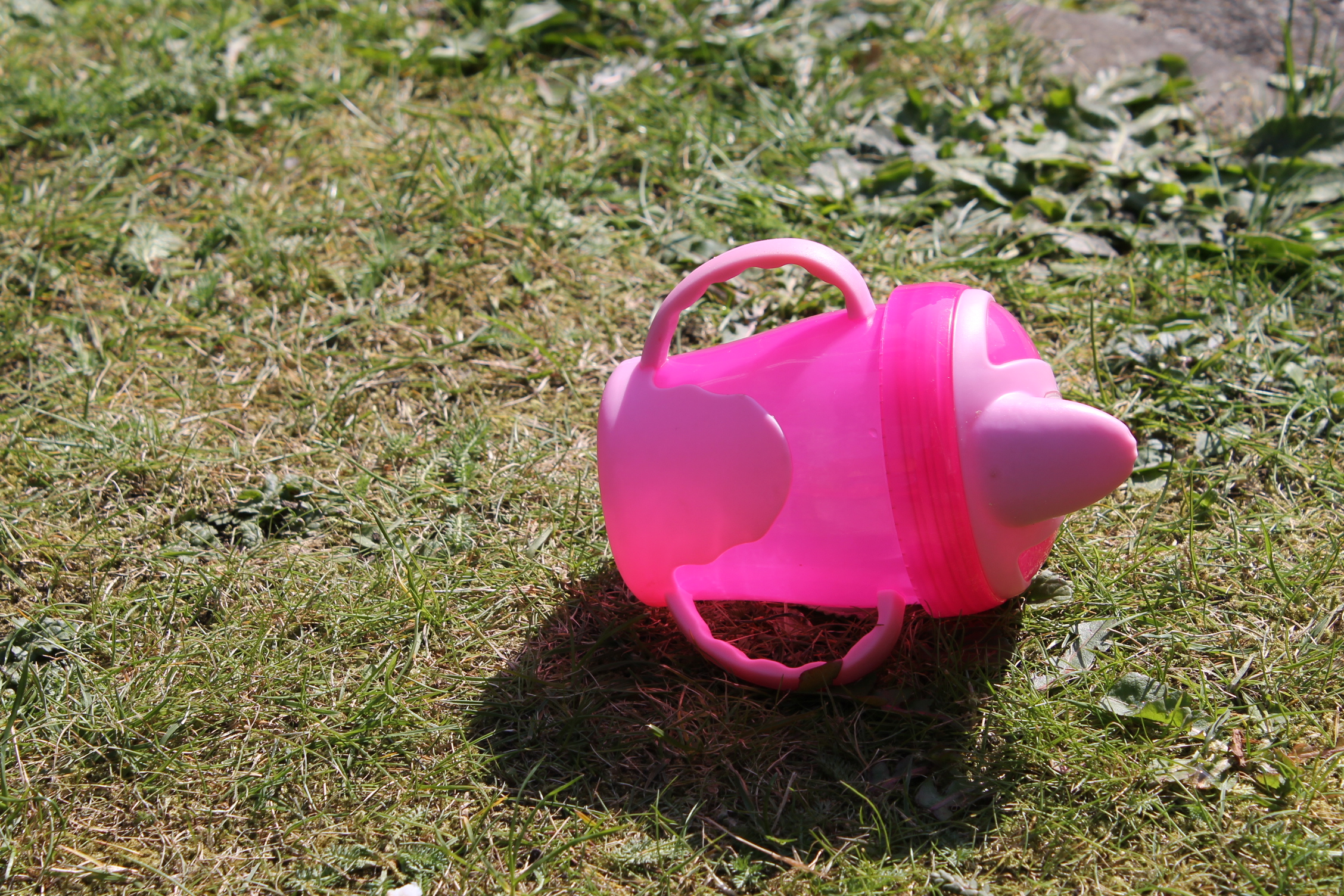
Home Content // Nourish Your Lawn Now so That It Will Look Stunning in the Springtime*
In the winter months, most of us spend very little time in our gardens. It is just too cold and dreary. As a result, we tend to more or less forget about maintaining our gardens during the colder months. To a large extent, this is not a problem. In the winter, most plants do not grow much, when it is colder. So, they are perfectly happy being left until it is time to trim them back in the spring.
However, you really should not do this with your grass. Looking after it during the winter months does not take long. Yet, doing so will pay huge dividends for the rest of the year. Here is a quick overview of what you need to do.

Fertilize your lawn
October and November are good months to sprinkle some winter fertilizers, like the ones you can buy from this website, over your lawn. Doing that at this time of the year, allows it to gradually seep deep into the soil and reach the roots. When the warm spring sunshine triggers your grass to grow the nutrients it needs are exactly where they need to be.
Kill off the moss
If your lawn is full of moss, now is a good time to get rid of it. Choose an appropriate moss killer, apply it, and rake the dead moss out. Doing this opens up the gaps between the blades and will make it easier for new growth to come through in the spring.
Rake up the leaves
It is also important to rake up any fallen leaves, every few weeks. Areas of grass that are covered in leaf litter will not get any light. This means it will go yellow and be greatly weakened. Plus, when it rains, much of that nourishing water will not be able to make its way to the roots, where it is needed the most.
Aerate your lawn too
Aerating your lawn is nearly as important as fertilising and raking it is. Poking little holes into your turf ensures that rain and fertiliser can penetrate down to the roots. There are several ways you can aerate a lawn. You can easily find out about them online.
Cut back your hedges and trees
If your trees and bushes are overgrown, it is a good idea to cut them back a bit. In the winter months, you want your grass to get as much light as possible. So, you do not want large areas of your lawn to be sitting in shade.
Start to sort out any bald or weedy patches
In all likelihood you will have weedy or thin patches in your lawn. If you do, you can start the process of bringing them back to life during the winter months. You can apply weed killer, rake out any dead material and begin the process of breaking up the soil. Getting all that done during the colder months will leave you with less work to do in the spring, when it is time to seed the areas.




